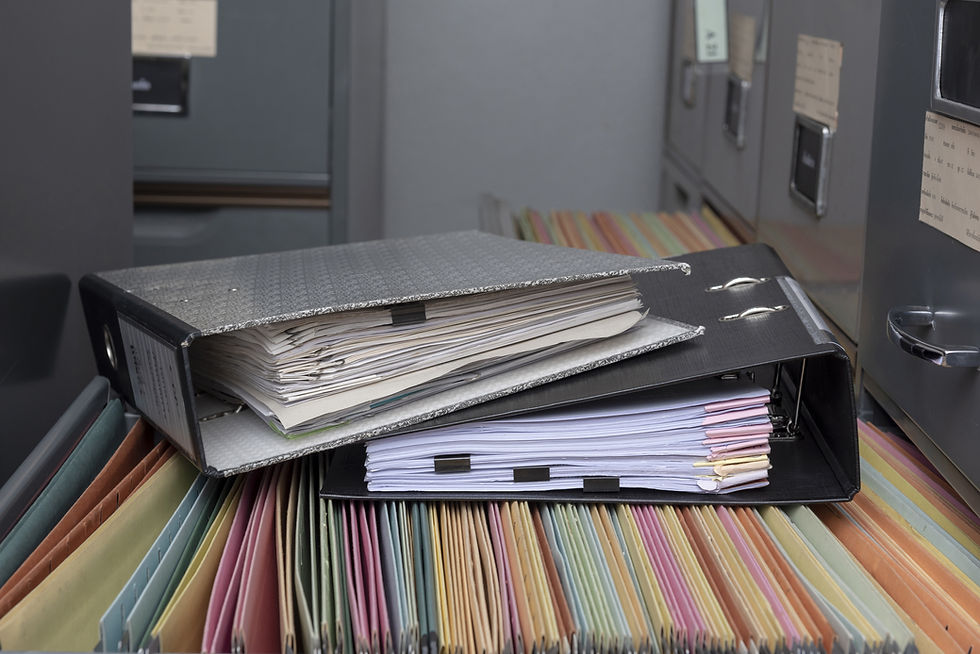Pet Emergency Preparation
- CHGR Team
- Mar 2, 2024
- 3 min read
Updated: Jul 18, 2024
If you are a pet owner, you may want to check out information below to assist you in creating a plan for your pet, just as you do for your family.
Because our pets are our family, they are depending on us to provide supplies, food and have an education that concerns them for any kind of event that may interrupt their security and comfort of our home.
I am talking about all the things necessary for them to feel safe and secure with or without you around. That includes for any kind of emergency. It really is being a caring, loving and responsible pet owner.
Before a Disaster Strikes
Keep your pet's vaccinations current.
Take photos of each animal, including distinguishing marks. Store the photos with medical records in re-sealable plastic bags with other important papers. Update them periodically.
On each pet : Keep a properly fitted collar, current license with rabies and identification tags even cats that never go outside. Birds should be leg-banded.
Determine the best place to leave your pet in case of an emergency/disaster. Identify a place in your home to leave your pet as well as an off-site location in case of evacuation.
Have an emergency Grab 'n Go Kit for each pet. Familiarize your pet with the kit's carrier or cage before an emergency.
During a Disaster
Evacuate your pet early, if possible, to a site outside of the emergency area, possibly a relative's home or a pet friendly hotel. Take a copy of your pet's vaccination and medical records as well as identification photos with you.
In case of an evacuation, bring your pet indoors. Disaster assistance groups like American Red Cross and Fema ARE NOT equipped to handle, rescue, or care for displaced pets during large-scale emergencies. Emergency/human disaster shelters cannot accept animals (except service animals) for safety and sanitation reasons. DO NOT leave pets chained outdoors.
If you must leave your pet behind, prepare an emergency pen for pets in your home that includes at least a three-day supply of dry food and a large, spill proof container of water. If possible, open a faucet to let water drip into a large container or partially fill a bathtub. Do not leave vitamin treats out for your pet as they could be fatal, if overeaten. Position cages off the floor, away from windows, on a sturdy surface to prevent tipping over. Pre-selecting a site in your home will make emergency preparations for your pet easier than waiting until the emergency occurs.
Keep cats and dogs separate, even if they normally get along (stress in emergencies can upset the balance of friendship). Keep birdcages covered with a protective sheet, away from windows and other pets.
If you cannot locate your animals and have to evacuate, leave as much water and food, inside or outside, for them as possible.
After a Disaster
If you notice that your pet's behavior has changed, monitor your pet closely. Stay away from stray pets that are acting aggressive after an emergency. Keep your pets on a leash and maintain close contact. Familiar scents and landmarks may be altered, causing confusion and abnormal behavior.
If your pet was lost, contact boarding kennels, humane shelters and veterinary hospitals. Also place signs or pet emergency stickers on your door, to notify emergency crews that you have pets that need to be found or that are inside your house and need to be rescued. These stickers and signs are available at many pet stores or for FREE from the ASPCA. Include an address and phone number on them of a close relative or friend that isn't from your area. *** If you find a pet, call animal control or alternate emergency phone numbers set up during the disaster. The best defense against lost animals is to have them wear a collar with identification tag or have them chipped at your local animal control center.
Pet Emergency Preparation





Comments